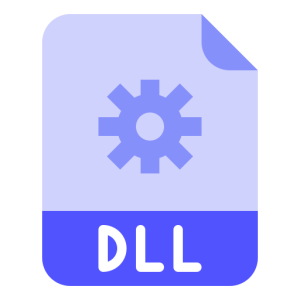Description
NVCPL.DLL is a dynamic link library (DLL) file that is associated with NVIDIA Control Panel. It is an essential component of the NVIDIA graphics driver package and is responsible for providing graphical configuration options and settings for NVIDIA graphics cards on Windows operating systems.
The NVCPL.DLL library serves as the user interface for adjusting and customizing various display settings, such as screen resolution, refresh rate, multiple monitor configurations, and color calibration. It allows users to fine-tune their display preferences and optimize their graphics card performance to suit their specific needs and requirements.
The primary function of NVCPL.DLL is to act as a bridge between the user and the NVIDIA graphics driver. It presents a graphical interface that enables users to easily access and modify settings related to their NVIDIA graphics card. This DLL file plays a crucial role in ensuring a smooth and seamless user experience when interacting with the NVIDIA Control Panel.
Purpose and Functionality
NVCPL.DLL provides a range of functionalities and features within the NVIDIA Control Panel. Some of its key functions include:
- Display Configuration: NVCPL.DLL allows users to configure and manage display settings, including screen resolution, refresh rate, and multiple monitor setups. It provides a user-friendly interface for adjusting these settings based on individual preferences.
- Graphics Performance Optimization: The DLL file enables users to optimize their graphics card performance by adjusting various parameters such as anti-aliasing, anisotropic filtering, and texture quality. It provides control over these settings to enhance visual quality and performance in gaming and graphics-intensive applications.
- Color Calibration: NVCPL.DLL allows users to calibrate their display colors and adjust color profiles to achieve accurate and vibrant color reproduction. It provides the tools and options necessary to fine-tune color settings for different usage scenarios.
- Application-specific Settings: The DLL file enables users to define application-specific settings for their NVIDIA graphics card. This includes options for creating profiles and adjusting settings on a per-application basis, allowing users to customize graphics settings for different software and games.
Common Use Cases
NVCPL.DLL is commonly used in the following scenarios:
- Graphics Driver Configuration: The DLL file is an integral part of the NVIDIA graphics driver package, and it is loaded whenever the NVIDIA Control Panel is accessed. Users can modify settings related to their graphics card and monitor configuration using NVCPL.DLL.
- Gaming and Graphics-intensive Applications: NVCPL.DLL is particularly important for users who play games or work with graphics-intensive applications. It allows them to optimize their graphics card settings to achieve better performance and visual quality in these applications.
- Multi-monitor Setups: For users with multiple monitors, NVCPL.DLL provides the necessary tools and options to configure and manage display settings across multiple screens. It enables users to set up extended, mirrored, or customized display configurations based on their specific needs.

